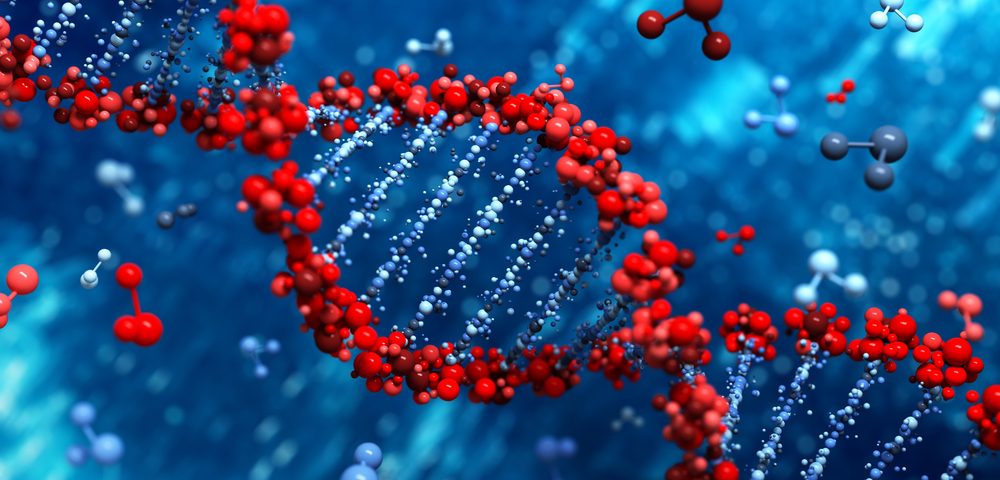Blocking the abnormal synthesis of DNA building blocks could restore sensitivity to a chemotherapy used to treat triple-negative breast cancer, according to a study.
Researchers discovered that combining the chemotherapy Adriamycin (doxorubicin) with an inhibitor of nucleotide synthesis known as leflunomide led to significant tumor regression in mice — an outcome that didn’t occur when either drug was used alone.
The U.S. Food and Drug Administration has approved leflunomide to treat rheumatoid arthritis, but not cancer.
The study, “Adaptive Reprogramming of De Novo Pyrimidine Synthesis Is a Metabolic Vulnerability in Triple-Negative Breast Cancer,” was published in Cancer Discovery.
Unlike breast cancer subtypes driven by estrogen, progesterone, or the tumor-promoting gene HER2, triple-negative breast cancers (TNBC) lack targeted therapies. Doctors use standard-of-care chemotherapy as a first line of treatment against them.
However, only 30 percent of TNBC patients achieve a complete response — the elimination of all cancer — after chemotherapy. And most patients with residual disease experience high rates of metastatic recurrence, a development associated with poor long-term prognosis.
“Given the complete lack of any targeted therapies specific to triple-negative breast cancer, we started thinking about how we could find other vulnerabilities in tumor cells,” corresponding author Alex Toker, PhD, said in a news release. “If we could find such vulnerabilities, we could develop strategies to exploit them, perhaps with already FDA-approved drugs that could be used in combination with existing cancer drugs.”
Toker, who led the study, is chief of the Division of Signal Transduction in the Department of Medicine and Pathology and the Cancer Center at Beth Israel Deaconess Medical Center in Boston.
Although researchers still don’t know what triggers or drives the development of TNBC, Toker and his team found that standard chemotherapy increased the production of nucleotides called pyrimidines. Because nucleotides are the building blocks of DNA, the team reasoned that increased production of the molecules could be the underlying cause of resistance to chemotherapy.
“What chemotherapy does in triple-negative breast cancer — for reasons we don’t yet fully understand — is reprogram this pyrimidine-biosynthetic pathway to really crank up production of these nucleotides,” said Toker, who is also an investigator at the Ludwig Center at Harvard. “If we could inhibit this increase, then we might be able to restore the chemotherapeutic benefit of standard-of-care drugs.”
To test their hypothesis, Toker and colleagues treated TNBC mice models with a combination of Adriamycin and leflunomide (marketed as Arava), which is known to block the pyrimidine biosynthetic pathway.
As the researchers expected, the combination was effective, generating a significant reduction in tumor volume. Treatment with Adriamycin alone stabilized tumor size, but did not reduce its volume. And treatment with leflunomide did not lead to significant changes in tumor growth, compared with untreated mice.
Based on the findings, Toker is planning to start clinical trials to test the safety and effectiveness of combining the two FDA-approved drugs in patients with triple-negative breast cancer.
“We focused our attention on the pyrimidine-biosynthetic pathway because we wanted to develop a combination therapy strategy without having to develop new drugs,” said Toker, who plans to start a company to test existing drugs. “Indeed there is already one drug in use that inhibits one of the key enzymes in this pathway. Repositioning that drug should provide a much more rapid path to clinical impact and clinical benefit.”

